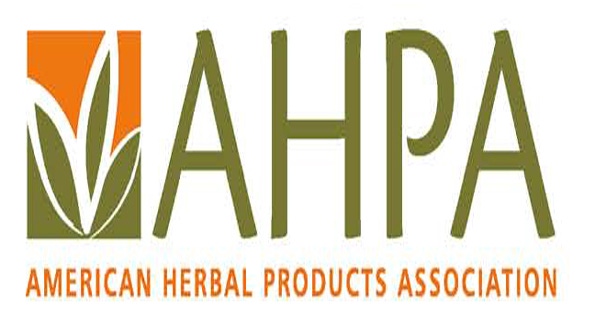Primer can help the herbal products industry understand the required processes and practices of importing and exporting endangered species.
December 15, 2013

The American Herbal Products Association (AHPA) published a free primer on the import and export of species listed on the Convention on International Trade in Endangered Species of Wild Fauna and Flora (CITES).
CITES is a international agreement between 179 countries on specific requirements for the international trade of certain plant and animal species. These requirements are aimed at ensuring international trade in specimens of wild animals and plants does not threaten their survival.
AHPA published the "Primer on Importing and Exporting CITES-Listed Species Used in the United States in Dietary Supplements, Traditional Herbal Medicines, and Homeopathic Products" to help members and the herbal products industry understand the processes and practices that must be followed to comply with CITES requirements when importing and exporting species listed on CITES appendices.
"A number of AHPA members market products that contain species listed in one of the CITES Appendices," said AHPA President Michael McGuffin. "AHPA will continue to work with the CITES Plants Committee and the U.S. Fish Wildlife Service to promote sustainable harvest of CITES-listed species and to inform members and the industry about the latest CITES requirements."
The primer includes six sections:
Section 1: What is CITES? provides an overview of the history and purpose of CITES and a summary of decision making and enforcement policies.
Section 2: CITES-Listed Species in Commerce describes the identification of all the plant and animal species listed in CITES Appendices that are known to be in trade in the United States as ingredients in medicinal or therapeutic agents or as ingredients in dietary supplements.
Section 3: How CITES is Implemented in the United States provides an overview of how CITES is implemented in the United States and identifies which government agencies are responsible for its implementation and enforcement.
Section 4: Import, Export, or Re-export of a CITES-Listed Species details the steps required to import and export species listed on CITES Appendices. Information about permit processes for U.S. Fish & Wildlife Service (FWS) and U.S. Department of Agriculture (USDA) Animal and Plant Health Inspection Service is also included.
Section 5: Commonly Traded CITES-Listed Species presents a table of commonly-traded species that are listed in the CITES Appendices and in AHPA's Herbs of Commerce, 2nd ed., the Homeopathic Pharmacopoeia of the United States (HPUS), or in the current English edition of the Pharmacopoeia of the People's Republic of China (PPRC).
Section 6: Supplemental Information and Sample Checklists provides contact information for the U.S. agencies responsible for the implementation of CITES and sources of additional information. It also contains sample checklists for basic import and export processes.
The CITES primer was created through the joint efforts of AHPA staff and members. Particular appreciation is due to Edward Fletcher of Strategic Sourcing Inc. Editorial review was provided in part by staff of the U.S. Fish and Wildlife Service's International Affairs Program. Financial support was provided by the National Fish and Wildlife Foundation.

You May Also Like


